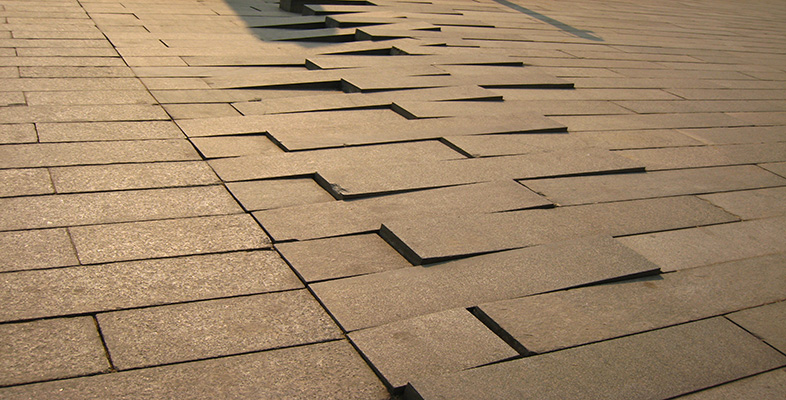3.4 Destructive plate boundaries
Destructive plate boundaries are regions where two lithospheric plates converge. This situation provides a more varied range of tectonic settings than do constructive plate boundaries. Firstly, and in contrast to constructive plate boundaries, destructive plate boundaries are asymmetrical with regard to plate speeds, age and large-scale structures. Secondly, whereas true constructive boundaries occur almost invariably in oceanic lithosphere, destructive boundaries also affect continental lithosphere - they can occur entirely within continental lithosphere. Consequently, there are three possible types of destructive plate boundary:
-
those involving the convergence of two oceanic plates (ocean-ocean subduction)
-
those where an oceanic plate converges with a continental plate (ocean-continent subduction)
-
collisions between two continental plates (continent-continent destructive boundaries).
These can be thought of as representing three stages in the evolution of destructive boundaries.
In addition to the disappearance of old lithosphere, destructive boundaries associated with ocean-ocean subduction and ocean-continent subduction are also characterised by:
-
ocean trenches, generally 5-8 km deep, but sometimes up to 11 km deep. The sea floor slopes into the trenches from both the landward and oceanward sides. They are continuous for many hundreds of kilometres, occurring both adjacent to continents and wholly within oceans;
-
a belt of earthquakes that are shallow-centred closest to the trench and deeper further away. Earthquakes can occur as deep as 600-700 km;
-
most destructive boundaries are associated with a belt of active volcanoes that, in the case of intra-oceanic boundaries, form chains of islands known as island arcs.
